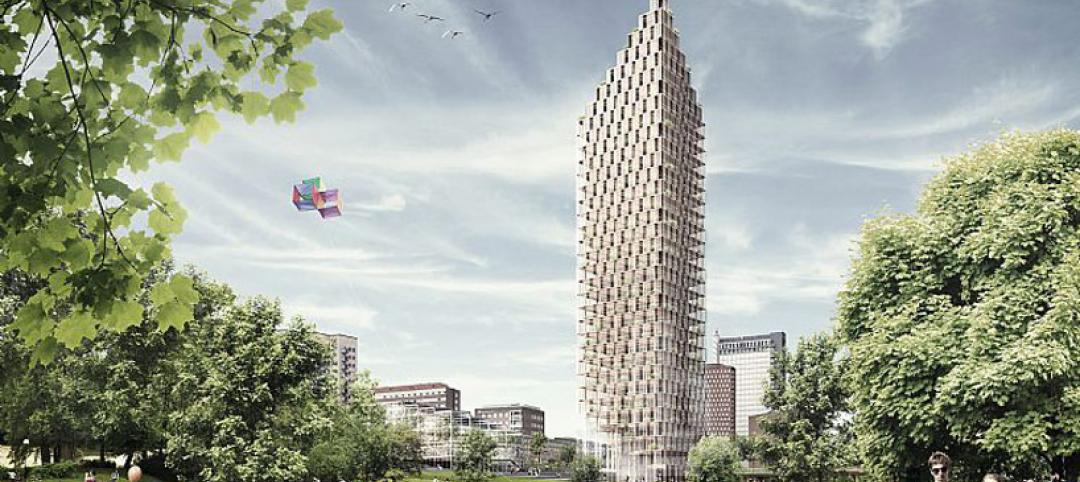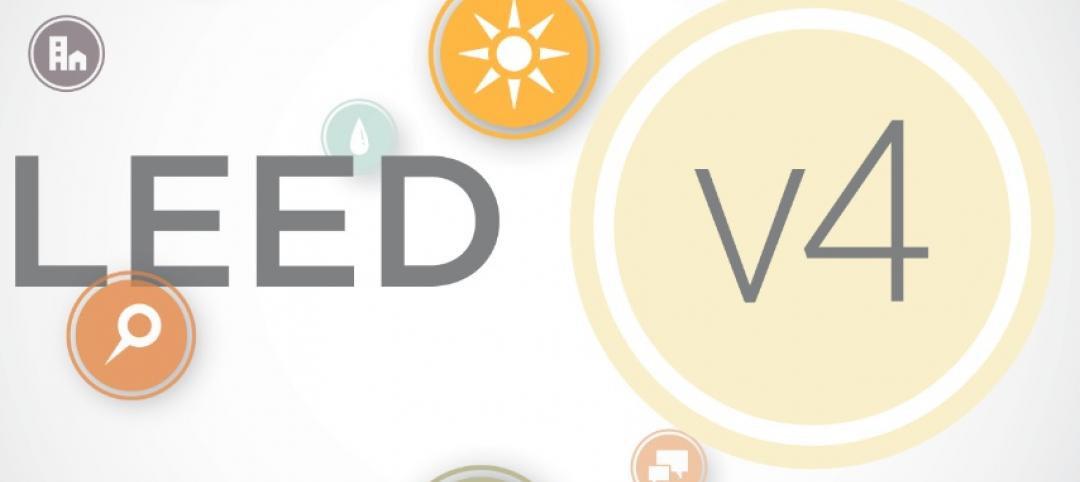The National Association of Landscape Professionals(NALP) announces its official list of the top landscape trends of 2018. As the voice of the multibillion-dollar lawn and landscape industry, NALP annually forecasts trends that will impact landscape planning, design and maintenance within the coming year.
“The top 2018 landscape trends reflect an evolution of the outdoor living trend we’ve seen grow in popularity over the past few years,” says Missy Henriksen, vice president of public affairs, NALP. “Stimulated by a healthy economy, homeowners and property managers are innovating their landscapes in fun, new ways. Recognizing the tremendous value that beautiful and functional landscapes bring to homes and commercial properties, today’s landscapes are built to last so they can be used and enjoyed through all the seasons, year after year.”
In 2018, NALP predicts the following five trends to influence landscape planning and design:
- Experiential landscape design. Today’s landscapes are thoughtfully and creatively built for living, working and playing, and bring together form and function for a quality outdoor experience. More residential landscapes feature designated areas for cooking, dining, relaxing and even working outdoors, armed with fully integrated outdoor lighting and audio/visual systems for a multisensory and multiuse experience, day or night. Office landscapes more frequently include walking and bicycle paths, dining areas or gardens to enhance the employees’ experience. For both residential and commercial landscapes, the experience often begins at the entrance, with beautiful lawns, plantings and design elements that make a welcoming or wowing first impression.
- Climate-cognizant landscaping. Unpredictable weather patterns call for landscape enhancements that withstand extreme conditions and allow spaces to be enjoyed on unseasonably cool or warm days. More landscapes are planned with the unexpected in mind, such as pergolas with retractable canopies that can protect outdoor areas in wind, rain and snow; outdoor heaters for patios on chillier nights; and hardier hardscape materials that can handle drastic temperature fluctuations.
- Emphasis on water management and conservation. A buzzword for years, sustainability in landscaping is more than a trend, it influences how landscapes are created and maintained now and in the years to come. In particular, the integration of eco-friendly watering practices are expected to continue to take off in 2018, including the use of plants native to a region (which generally use less water), xeriscaping (planning a landscape to use low-water use plants), and smarter irrigation technology.
- Enhanced equipment and technology. The latest yard tools on the market consider ease of use and storage while incorporating more eco-friendly innovations. Many lawn mowers, leaf blowers and similar equipment feature low or no emissions, are battery-powered, and are quieter. Many lawn and garden tools are also designed to stack or fold to fit in the garage or shed. Professionals are also integrating more technology — mobile apps, 3D modeling and drones — into landscape planning.
- Plants in playful colors and patterns. While the simple elegance of greenery was all the rage last year, 2018 will see a renewed interest in adding pops of color and whimsy to landscapes. With ultra violet named the Color of the Year by Pantone, a leading provider of color systems and an influencer on interior and exterior design, landscape professionals expect to integrate more violets, verbena, clematis, iris and other purple flowers into landscapes. “Patterned” plants are also getting their time in the garden spotlight, as these unique plants are revered for their intricate details, such as striped leaves or brightly colored veins.
The voice of the landscape industry, NALP develops its trends reports based on a survey of its members and by drawing from the expertise of landscape professionals representing various regions of the U.S. who are at the forefront of outdoor trends. The landscape trends are also influenced by broader lifestyle and design trends.
Related Stories
| Aug 6, 2013
Australia’s first net zero office building features distinctive pixelated façade
Australia's first carbon neutral office building, featuring a distinctive pixelated façade, recently opened in Melbourne.
| Aug 2, 2013
Design of world’s tallest wood skyscraper would be more sustainable than steel alternative
Architecture firm C. F. Møller has proposed building the tallest wooden building in the world in Stockholm, Sweden.
| Jul 26, 2013
LEED V4 includes controversial cradle-to-cradle materials provision
Cradle to Cradle certification, a strict assessment of the environmental qualities of materials used in green buildings, is a controversial provision in LEED V4.
| Jul 17, 2013
CBRE recognizes nation's best green research projects
A rating system for comparative tenant energy use and a detailed evaluation of Energy Star energy management strategies are among the green research projects to be honored by commercial real estate giant CBRE Group.
| Jul 10, 2013
TED talk: Architect Michael Green on why we should build tomorrow's skyscrapers out of wood
In a newly posted TED talk, wood skyscraper expert Michael Green makes the case for building the next-generation of mid- and high-rise buildings out of wood.
| Jul 2, 2013
LEED v4 gets green light, will launch this fall
The U.S. Green Building Council membership has voted to adopt LEED v4, the next update to the world’s premier green building rating system.
| Jun 28, 2013
Calculating the ROI of building enclosure commissioning
A researcher at Lawrence Berkeley National Laboratory calls building enclosure commissioning “the single-most cost-effective strategy for reducing energy, costs, and greenhouse gas emissions in buildings today.”
| Jun 19, 2013
Florida is latest battleground over LEED standards centered on certified wood
A nationwide battle over forest certification standards continues to be played out nationally and in Florida with legislation passed this month.
| Jun 17, 2013
DOE launches database on energy performance of 60,000 buildings
The Energy Department today launched a new Buildings Performance Database, the largest free, publicly available database of residential and commercial building energy performance information.
| Jun 5, 2013
USGBC: Free LEED certification for projects in new markets
In an effort to accelerate sustainable development around the world, the U.S. Green Building Council is offering free LEED certification to the first projects to certify in the 112 countries where LEED has yet to take root.
















